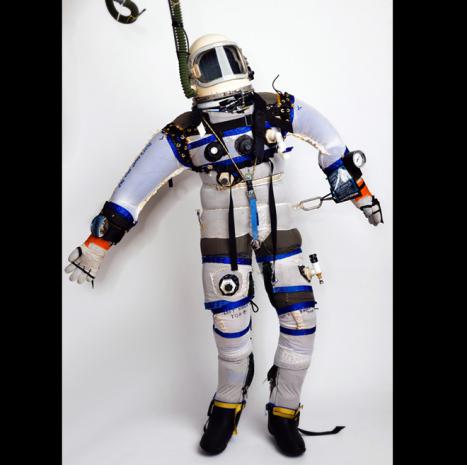
Breaking News
 Who Really Owns America (It's Not Who You Think)
Who Really Owns America (It's Not Who You Think)
 Canada Surrenders Control Of Future Health Crises To WHO With 'Pandemic Agreement': Report
Canada Surrenders Control Of Future Health Crises To WHO With 'Pandemic Agreement': Report
 Retina e-paper promises screens 'visually indistinguishable from reality'
Retina e-paper promises screens 'visually indistinguishable from reality'
 Unearthed photos of 'Egypt's Area 51' expose underground complex sealed off...
Unearthed photos of 'Egypt's Area 51' expose underground complex sealed off...
Top Tech News
 Future of Satellite of Direct to Cellphone
Future of Satellite of Direct to Cellphone
 Amazon goes nuclear with new modular reactor plant
Amazon goes nuclear with new modular reactor plant
 China Is Making 800-Mile EV Batteries. Here's Why America Can't Have Them
China Is Making 800-Mile EV Batteries. Here's Why America Can't Have Them
 China Innovates: Transforming Sand into Paper
China Innovates: Transforming Sand into Paper
 Millions Of America's Teens Are Being Seduced By AI Chatbots
Millions Of America's Teens Are Being Seduced By AI Chatbots
 Transhumanist Scientists Create Embryos From Skin Cells And Sperm
Transhumanist Scientists Create Embryos From Skin Cells And Sperm
 You've Never Seen Tech Like This
You've Never Seen Tech Like This
 Sodium-ion battery breakthrough: CATL's latest innovation allows for 300 mile EVs
Sodium-ion battery breakthrough: CATL's latest innovation allows for 300 mile EVs
 Defending Against Strained Grids, Army To Power US Bases With Micro-Nuke Reactors
Defending Against Strained Grids, Army To Power US Bases With Micro-Nuke Reactors
A DIY Space Suit for the 99 Percent

The 45-year-old Portland State University anthropologist couldn't join NASA's aviation program because of his poor eyesight. Lacking the funds to buy a ticket on a private space flight, he decided to take matters into his own hands.
At 50,000 feet up, death is imminent, so the first thing to do was build a suit. Smith bought some of the parts off the Internet: a diver's dry suit, a gauge that measures internal air pressure, and an aquarium pump to circulate cooling fluid. Ace Hardware had other bits like nylon straps, wire, and a slew of PVC fittings and valves. It's topped off with an authentic 1980s-era soviet fighter helmet.
Once the proof-of-concept suit is complete, Smith will test his rig in a hypobaric chamber, and if all goes well it will be rebuilt with sturdier elements. Then he'll craft a nylon balloon, get a balloon pilot's license, and clear his route with authorities. "If they could do this in the 1930s with rubberized canvas and pigskin gloves, surely I can do it now with the technology available," Smith says. "This is not so crazy. This is not so wild." Sure. We'll just stay on the ground and watch from here, thanks.

 SpaceX Heat Shield and Starship Mass Production
SpaceX Heat Shield and Starship Mass Production

